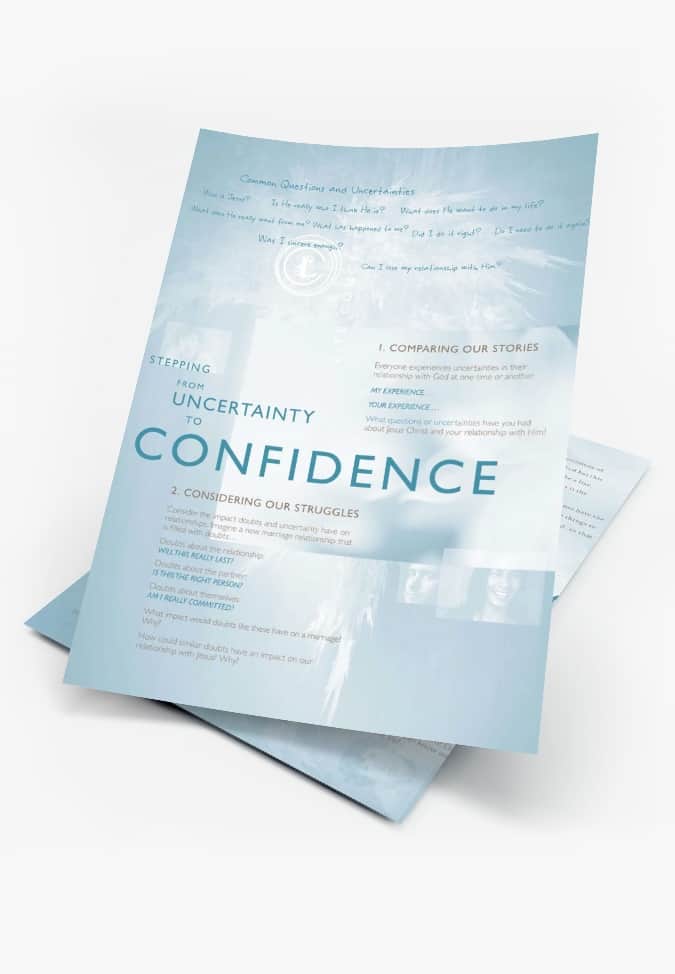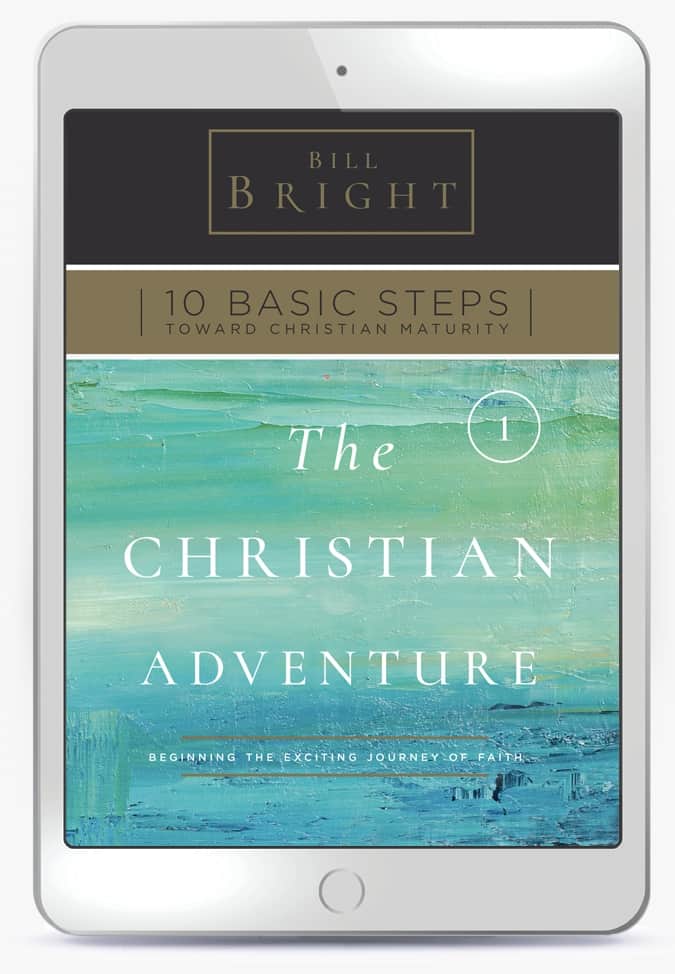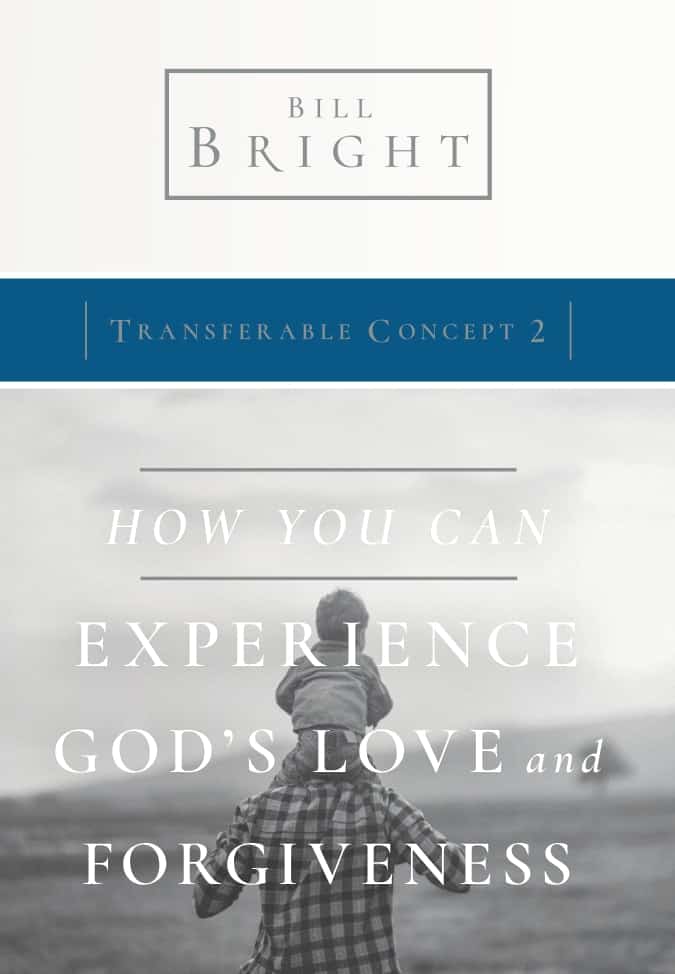7 Ways to Write a Great Story

As storytellers go, we know Jesus was probably the ultimate teller of the story. He used simple, timely stories to get his point across through what we know as parables.
Yes, he could have just stated the point in a sentence or two but he chose not to communicate that way. Most of the time, he chose to share his messages through a narrative story. The impact and the power of that truth hit his audience – and all audiences reading his Word – much harder in the heart than if he would have spoken more explicitly.
“At its simplest, the parable is a metaphor or simile drawn from nature or common life, arresting the hearer by its vividness or strangeness and leaving the mind in sufficient doubt about its application to tease it into active thought.” C. H. Dodd says about the parable.
So how do you write a story that has meaning? How do you write a story that expresses what God is doing?
1. Know Your Ending Before You Begin
Before you tell a story, know the ending. Know where you are going so your story doesn’t go down rabbit trails that distract the readers.
As you prepare, pick the ending first. Write it at the end of a timeline. Then think about the point that comes right before the end, then the point that comes before the point that gets to the end. Keep working backwards until you arrive at the beginning of your story.
2. Write Your Story In One Sentence Before You Begin
In order to keep your story simple and focused on what’s important, narrow it down to one sentence. Start with the beginning, and then add the middle, and the end. In the sentence, you should get the main purpose of the story, as well as the competing concept that threatens the story’s goal. Some people might think, “I can’t get my story to one sentence!”
Yes you can. I believe in you. You can do it!
It will force you to iron out the most crucial points. Once you do this, expand the sentence into a paragraph. Then expand each sentence in the paragraph to its own paragraph. Continue until your story is complete.
3. You Must Have a Hook In Your Opening
In writing, it is called an inciting incident. In newspaper talk, it’s the lede. Whatever you call it, your first sentence, should hook the reader by presenting them with a problem or intriguing line that encourages them to keep reading.
Use this as an opportunity to bring them into your story. Let them see the countryside you’re telling them about, smell the old building that your character is walking through. Let that first sentence bring them into your story.
4. Draw a Theme Out of Your Story
Stories have a depth of meaning when there is a theme. However, it isn’t always easy to write a story with a theme in mind. Rather, write the story first – with all the points you want to cover. When you’ve finished, stand back from the story for a moment to see if you can draw out a theme.
Don’t be discouraged if once you find your theme, you have to rework and rewrite the story. This is common.
5. Keep It Simple
Complicated stories aren’t necessarily better. In the digital space, audience attention grows shorter each moment – so keeping your story simple and short is best. Use the simplest form of words, if three words get the point across and you have a six-word sentence, cut it down. Audiences can be profoundly impacted when you take a complex idea and reduce it to a nugget that can be remembered.
When you compose your storyline, make sure each part of the story is essential to the ending. Each character, point or principle must somehow relate to the main point you are trying to drive home. Anything that does not affect the outcome in some way (directly or indirectly) can be hacked off the story.
Keep the main thing the main thing.
6. Avoid Detours
Simplify, simplify, simplify. Cut out characters, scenes and information that do not somehow work towards the goal of the story.
7. Let others have the last word in your story
If you conducted an interview for your story, find the most impactful quote and let that end your article. If not, make sure any key action steps are made evident so your reader doesn’t click away once the story is over without having been affected.




















